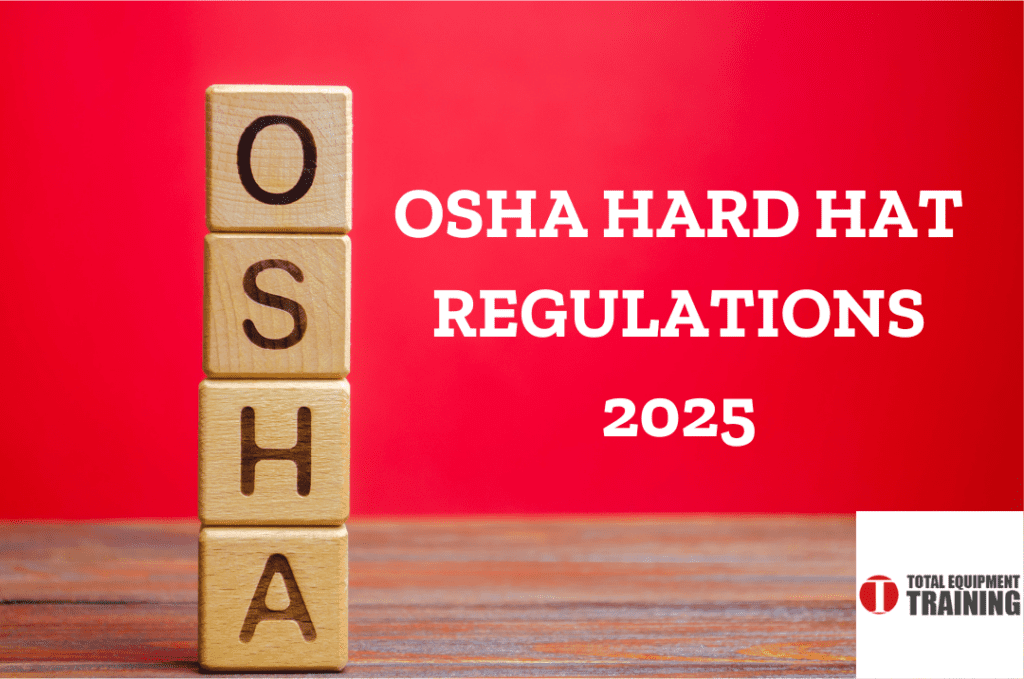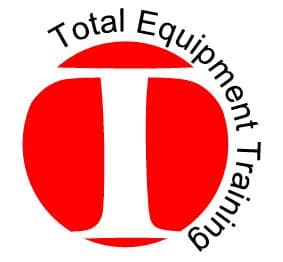
Ever since their invention in 1919 as the ‘Hard Boiled Hat’, hard hats have proven themselves invaluable in protecting their wearers’ heads. Their effectiveness is so significant that governments and safety regulation authorities around the world -such as OSHA (Occupational Safety and Health Administration) have made it necessary by law for personnel to wear hard hats on any work site with potential head injury hazards.
In 2025, despite some politicians trying to get rid of OSHA, OSHA updated their hard hat regulations and policies –in association with ANSI (American National Standards Institute) that will be expounded in the key points below.
What’s New in the 2025 OSHA Hard Hat Regulations?
-
Clarified Hard Hat Classifications:
- OSHA, in alignment with ANSI, has reinforced and clarified the existing Class G, E, and C designations, ensuring clearer understanding and application.
- Class G (General): Previously known as Class A, these hard hats provide protection up to 2,200 volts.
- Class E (Electrical): Previously known as Class B, these hard hats provide superior electrical protection up to 20,000 volts.
- Class C (Conductive): These hard hats offer no electrical protection and are primarily for impact protection.
-
Updated Hard Hat Color Code Interpretations:
- OSHA has also updated and reinforced the standard color code meanings, providing a more uniform and consistent approach to on-site communication and safety.
-
Reinforced Focus on Inspection and Maintenance:
- The 2025 updates place a greater emphasis on regular hard hat inspections and proper maintenance to ensure continued effectiveness.
-
Emphasis on accessory compatibility:
- OSHA has released clearer guidelines on what accessories are compatible with which hardhats, and how the addition of non-compatible accessories can degrade the safety rating of the hardhat.
Importance of Wearing a Hard Hat
New Hard Hat Classes (2025)
OSHA maintains categorization on the types of hard hats, with updated clarifications on the classes.
-
Type 1 Hard Hats
- These are hard hats that offer protection to the top of the head.
-
Type 2 Hard Hats
- These hard hats protect both the top and sides of the wearer’s head.
-
Class G (Formerly Class A)
- These are the most common (general) hard hats. They offer head insulation protection for up to 2,200 volts.
-
Class E (Formerly Class B)
- These hard hats offer more dielectric protection, up to 20,000 volts, and are intended for use in work sites with greater risks of high voltage exposure.
-
Class C
- These hard hats offer no protection from exposure to electric currents. They often include vents to keep the wearer cool, making them common in hot factories and construction yards.
Manufacturers include the classification and type of the hard hat on the inside, along with other information such as its ANSI standard, size, and date of manufacture.
What Does The Hard Hat Color Codes Mean?
- Identify the wearer’s role.
- Avoid accidents: Certain colors increase visibility and alert others on the wearer’s position
- Enhance efficiency: Color helps identify personnel of a specific type (e.g., electricians), reducing time used to ask and look around.
- Improve safety: Color helps identify a work-type, and relays information on the type of potential hazards they may be working with, encouraging others to keep their distance.
- Enables management to distinguish and designate work for personnel on-site.
| HARD HAT COLOR | WEARER TYPE | WEARER DUTIES & HARD HAT FUNCTIONALITY |
| Yellow | General Worker | Equipment operation, trench digging, loading/unloading |
| White | Executives | Personnel safety, delegation of duties, site management. |
| Supervisors | ||
| Safety Personnel | ||
| Blue | Technical Personnel –Electricians, carpenters, etc. | Wiring and electrical, plumbing, carpentry. |
| Brown | High-heat environments/utility, e.g., welders | Welding. Include features protecting from sparks, glare and welding debris. |
| Green | Safety Inspectors | Site and equipment inspection |
| New site personnel | Safety equipment during familiarization, then assigned with appropriate color | |
| Orange | Any personnel requiring high visibility. | Signal persons, traffic marshals, riggers, banksmen, etc. |
| Red | Fire marshals | Fire hazard safety, fire control and management. |
| Grey | Visitors | Site personnel are encouraged to give direction and hazard awareness to grey hard hat wearers. |
| Pink | Forgetful personnel | Pink hard hats are assigned to any personnel who forget their hard hats. |
Risks of Not Wearing a Hard Hat
- Receiving a penalty from OSHA for a violation. Serious violation fines are $15,625, and willful or repeated violations can incur a $156,259 penalty.
- Permanent head damage / death from falls, collisions with stationary or moving objects, and impact from falling objects.
- Bodily harm as a result of head injury such as whiplash, damaging the neck and resulting in paralysis.
- Expensive lawsuits and hospital bills from the ailed/bereaved family.
- Loss of reputation and risk of business closure from payment of remittances in fines and bills.
- Risk of heat stroke from exposure to hot environmental conditions

